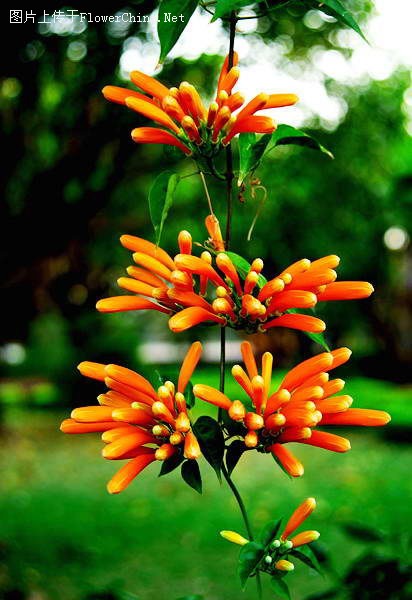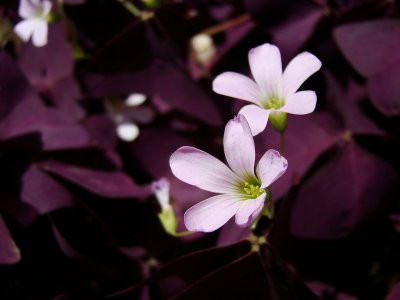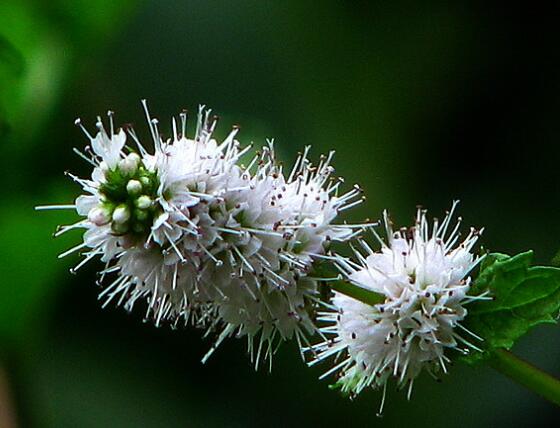How to propagate firecrackers correctly and scientifically
Firecracker flowers are mainly propagated by cuttings, which are carried out after spring and summer flowers and can be carried out all year round in greenhouse. Cuttings in spring can take root one after another in about 3 weeks. If the cuttings are planted in time and nurtured in time, they will blossom in the same year.
For cuttings, choose branches with strong growth and free of diseases and insect pests, with a length of about 10 cm. Each cuttage should have 3-4 nodes and 2 buds, and cut at 0.5 cm below the node to facilitate rooting.
Cut the □ to be smooth and in the shape of a mallet. The medium for cutting can be clean fine river sand or a mixture of vermiculite and perlite (1:1).
In the greenhouse, cuttings can be directly inserted on the bed; families grow flowers, like loading the medium into shallow pots or boxes, they all need to use broken tiles at the bottom to facilitate smooth drainage. The cuttage depth is about 3 cm, and the row spacing is slightly wider.
After insertion, press the base of the cuttings slightly with your fingers to make the base of the cuttings closely combine with the medium, and then pour enough water with fine spray, and then spray water on the leaf surface every 1-2 days to keep it moist. After 3 weeks, if the stems and leaves did not atrophy, it still remained tender green, indicating that the cut □ healed well and had taken root, and after about 10 days, it could be transplanted into the pot. The seedlings that have just come into the pot should be fully watered and kept in a semi-shady place for maintenance.

Firecracker flowers are mainly propagated by cuttings, which are generally carried out after spring and summer flowers and can be carried out all year round in greenhouse. Cuttings in spring can take root one after another in about 3 weeks. If the cuttings are planted in time and nurtured in time, they will blossom in the same year.
Cutting cuttings, to choose robust growth, disease-free branches, length of about 10 cm, each cuttings need to have 3-4 nodes and 2 buds, cut at 0.5 cm below the node, in order to facilitate the root.
The incision should be smooth and in the shape of a mallet. The medium for cutting can be clean fine river sand or a mixture of vermiculite and perlite (1:1).
In the greenhouse cutting, generally can be directly inserted in the bed; family flowers, generally put the medium into a shallow basin or wooden box, need to use broken tiles at the bottom, in order to facilitate smooth drainage. The depth of cuttage is generally 1 to 3 degrees of cuttings, the plant spacing is about 3 cm, and the row spacing is slightly wider.
After insertion, press the base of the cuttings slightly with your fingers to make the base of the cuttings closely combine with the medium, then pour enough water with a fine spray pot, and then spray water on the leaf surface every 1-2 days to keep it moist. After 3 weeks, if the stems and leaves do not atrophy, it still remains tender green, indicating that the incision has healed well and has taken root, and after about 10 days, it can be transplanted into the pot. The seedlings that have just come into the pot should be fully watered and kept in a semi-shady place for maintenance.
- Prev

How to breed Oxalis
Oxalis is mainly propagated by bulbs and individual plants, and some are propagated by seeds. The conjoined stems of Oxalis can be divided into three types: mother corm, bud corm and leaf corm. Among the three kinds of bulbs, the female corms have the energy of direct meristematic corms, with a diameter of 2 to 2.5 cm and residual leaf scars.
- Next

How to raise potted mints, culture methods and precautions / maintain humidity
Peppermint is a kind of flower with high practical value, and it also has a certain ornamental value, so many people want to raise this plant at home, but it is necessary to master the method of breeding. How to raise potted mint? What are the culture methods and precautions of peppermint? Next, the editor will take you to learn about it.
Related
- Fuxing push coffee new agricultural production and marketing class: lack of small-scale processing plants
- Jujube rice field leisure farm deep ploughing Yilan for five years to create a space for organic food and play
- Nongyu Farm-A trial of organic papaya for brave women with advanced technology
- Four points for attention in the prevention and control of diseases and insect pests of edible fungi
- How to add nutrient solution to Edible Fungi
- Is there any good way to control edible fungus mites?
- Open Inoculation Technology of Edible Fungi
- Is there any clever way to use fertilizer for edible fungus in winter?
- What agents are used to kill the pathogens of edible fungi in the mushroom shed?
- Rapid drying of Edible Fungi

